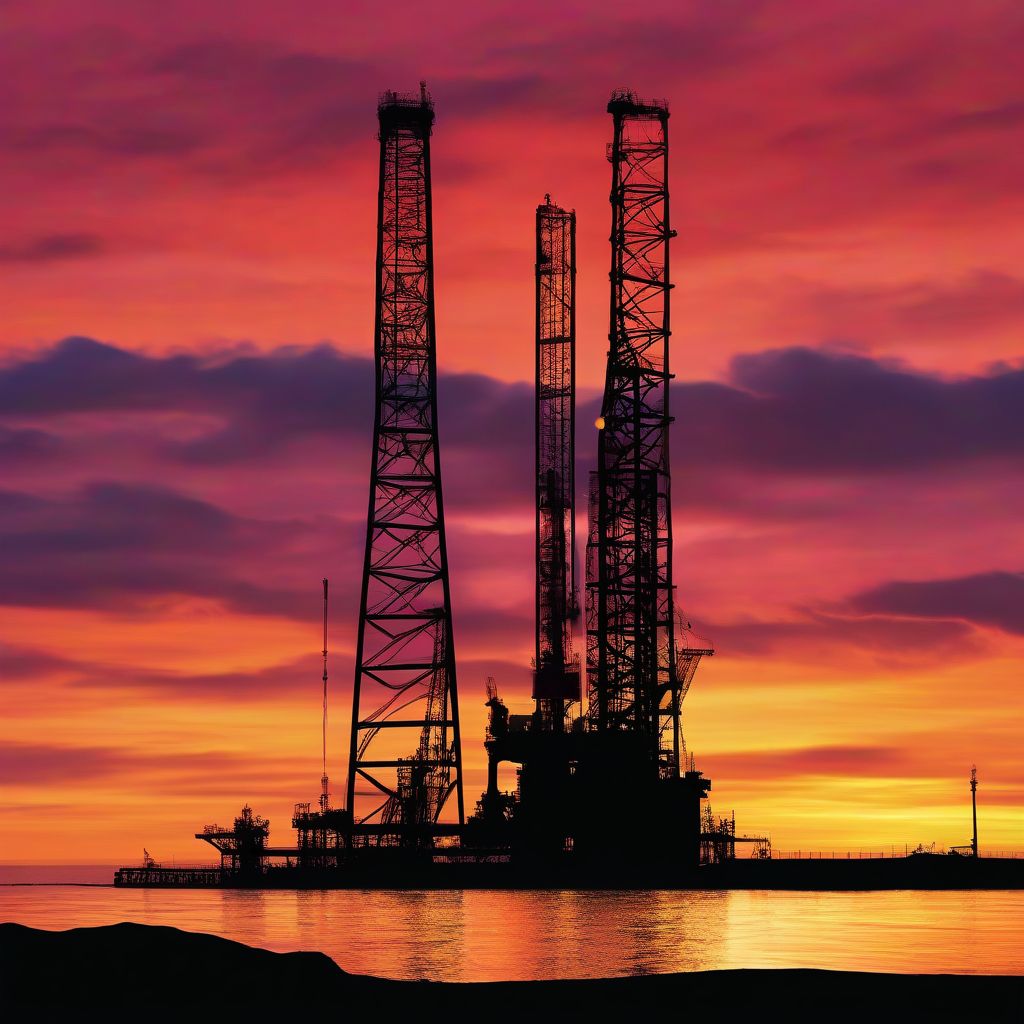The oil and gas industry has long been a cornerstone of the global economy, powering transportation, heating homes, and driving industrial processes. As such, oil and gas investments continue to be an attractive option for many investors seeking potentially high returns. However, this sector is also characterized by volatility, geopolitical influences, and evolving regulations, making it crucial for investors to understand the intricacies of this market before making any investment decisions.
What are Oil and Gas Investments?
Oil and gas investments encompass a wide range of opportunities, from direct ownership in oil and gas companies to more indirect approaches through mutual funds or exchange-traded funds (ETFs). These investments can be categorized into two main types:
1. Upstream Investments:
This category involves investing in companies engaged in the exploration and production (E&P) of oil and gas. These companies are responsible for locating oil and gas reserves, drilling wells, and extracting the resources. Investing in upstream companies is often considered to carry higher risk but also potentially higher rewards.
2. Downstream Investments:
This category focuses on companies involved in the refining, processing, distribution, and marketing of oil and gas products. This includes gasoline, diesel fuel, heating oil, and various petrochemicals. Downstream investments are generally viewed as less volatile compared to upstream investments.
investment.mansfieldtxfarmersmarket.com/wp-content/uploads/2024/09/oil-rig-sunset-66de6d.jpg" alt="Oil Rig at Sunset" width="1024" height="1024">Oil Rig at Sunset
Understanding the Dynamics of Oil and Gas Investments
Investing in oil and gas requires a nuanced understanding of the factors that influence this complex market. Here are some key aspects to consider:
Factors Affecting Oil and Gas Prices
-
Supply and Demand: As with any commodity, the fundamental principle of supply and demand heavily influences oil and gas prices. Geopolitical events, production levels by major oil-producing nations (OPEC), and global economic conditions all play a role.
-
Geopolitics: The oil and gas industry is particularly sensitive to geopolitical events. Conflicts, political instability, and international agreements can significantly impact production and prices.
-
Economic Growth: Strong economic growth generally leads to increased energy demand, including oil and gas, potentially driving prices upward. Conversely, economic downturns can lead to decreased demand.
-
Technological Advancements: Technological advancements in extraction techniques, such as hydraulic fracturing (“fracking”) and horizontal drilling, have significantly impacted production levels and influenced prices.
Risks and Rewards
-
Volatility: Oil and gas prices are known for their volatility. This price fluctuation can present both opportunities and risks for investors, as sharp price swings can lead to substantial gains or losses.
-
Regulatory Environment: The oil and gas industry is subject to evolving regulations related to environmental protection, drilling practices, and emissions standards. These regulations can impact profitability and investment returns.
-
Environmental Concerns: Growing concerns about climate change and the environmental impact of fossil fuels have led to increased scrutiny of the oil and gas industry. Investors are increasingly incorporating environmental, social, and governance (ESG) factors into their investment decisions.
Common Questions about Oil and Gas Investments
How can I invest in oil and gas?
Investors have several avenues to gain exposure to the oil and gas sector:
-
Direct Stock Purchase: Investors can buy shares of individual oil and gas companies listed on stock exchanges. This offers direct ownership but requires thorough research and understanding of the specific company’s operations and financial health.
-
Mutual Funds and ETFs: Mutual funds and ETFs specializing in oil and gas provide a diversified approach. These funds pool money from multiple investors to invest in a basket of oil and gas company stocks, offering instant diversification.
-
Master Limited Partnerships (MLPs): MLPs are publicly traded partnerships that primarily own and operate energy infrastructure assets, such as pipelines and storage facilities. They often offer attractive distributions but come with a unique tax structure.
What is the outlook for oil and gas investments?
The long-term outlook for oil and gas investments is subject to ongoing debate and is influenced by various factors. While the transition to renewable energy sources is underway, the International Energy Agency (IEA) projects that oil and gas will continue to play a significant role in the global energy mix for the foreseeable future.
What are some key considerations for oil and gas investors?
-
Risk Tolerance: Assessing your risk tolerance is crucial. Oil and gas investments can be volatile, and investors should be prepared for potential price swings.
-
Investment Horizon: Determine your investment timeframe. Long-term investors may have a different outlook than those seeking short-term gains.
-
Due Diligence: Thorough research is essential. Understand the specific companies or funds you are considering investing in, their financial performance, management team, and exposure to various risk factors.
Conclusion
Oil and gas investments offer both potential rewards and inherent risks. A thorough understanding of the factors influencing oil and gas prices, the different investment avenues, and a clear assessment of your risk tolerance and investment goals are essential for making informed investment decisions in this dynamic sector. Remember, diversification is key, and it’s always advisable to consult with a financial advisor to determine if oil and gas investments align with your overall financial plan.
